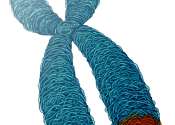Improved decoding of DNA for custom medical treatments
One day, doctors will be able to create custom medical treatment plans based on a patient's DNA, pinpointing the root of a patient's illness and making sure treatment will not cause a fatal allergic reaction. Thanks to Technion ...







